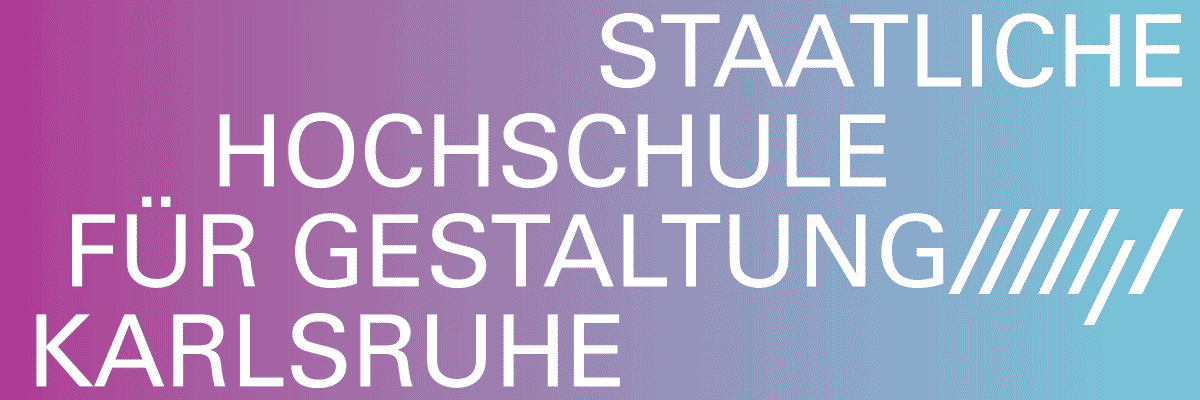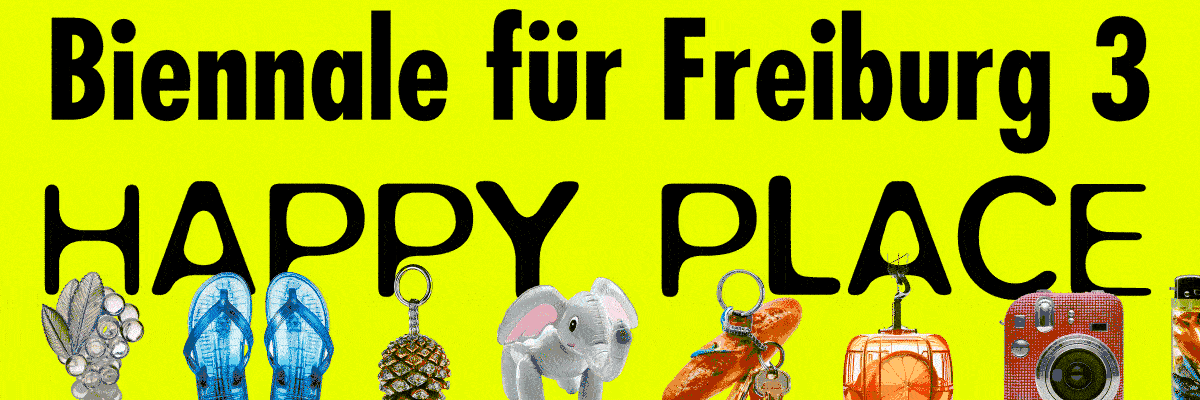
Aramis Navarro
Aramis Navarro «algorithmic-mega-death-superspell.exe»
Project Info
- 💙 Kunst Halle Sankt Gallen
- 💚 Giovanni Carmine
- 🖤 Aramis Navarro
- 💜 Barbara Zoé Kiolbassa
- 💛 E. Sommer
Share on

Aramis Navarro, «algorithmic-mega-death-superspell.exe», exhibition view, 2025. Photo: Kunst Halle Sankt Gallen, E. Sommer. Courtesy: the artist.
Advertisement

Aramis Navarro, «algorithmic-mega-death-superspell.exe», exhibition view, 2025. Photo: Kunst Halle Sankt Gallen, E. Sommer. Courtesy: the artist.

Aramis Navarro, Defixio_04, II – superposition, Defixio_06, Defixio_01, 2025 (from left to right). Photo: Kunst Halle Sankt Gallen, E. Sommer. Courtesy: the artist.

Aramis Navarro, Defixio_01, 2025. Photo: Kunst Halle Sankt Gallen, E. Sommer. Courtesy: the artist.

Aramis Navarro, superspell.exe, 2025, and chimera's flute, 2024/25. Photo: Kunst Halle Sankt Gallen, E. Sommer. Courtesy: the artist.

Aramis Navarro, superspell.exe, 2025, detail. Photo: Kunst Halle Sankt Gallen, E. Sommer. Courtesy: Courtesy: the artist.
St. Gallen-based artist Aramis Navarro (*1991 in Zurich/CH) is fascinated by algorithms. They are embedded in nearly every digital process that shapes our daily lives: they power our Google searches, organise our social media feeds, drive our fitness trackers, and guide our navigation. In fact, they function so seamlessly that they vanish behind our interfaces. AI technologies are making algorithms increasingly more complex and more and more difficult to understand. Yet we trust in (almost) everything they tell us. Our perception of the world, how we acquire knowledge, and even our relationships depend on digital algorithms.
This is where Aramis Navarro’s artistic research begins. His artworks invite us to critically examine the role algorithms play in shaping our reality. Is artificial intelligence all-knowing? Do systems like ChatGPT inspire awe? Do we place our faith in technology?
In his series "Defixio 1-9", Navarro continues the millenia-old custom of curse tablets: the practice of carving curses, incantations, or wishes into slim sheets of lead, folding or rolling them, before piercing them with bones or a nail (Latin: defigere, defixio, to pierce). From ancient times through the Middle Ages, such magical-ritual inscriptions were buried near graves or temples to influence the actions of rivals, competitors, or lovers. It was especially important that they be carved into lead, a metal believed to possess the properties of dark magic. Navarro transposes these occult customs onto aluminum panels, engraving them with fictitious fragments of algorithms. In his "Defixiones", aluminium represents the metal of our contemporary consumer society, while the algorithmic fragments and their ominous illustrations read like bewitching hexes. Navarro thus draws a parallel between algorithms and spells. Both are linguistic instructions designed to produce a specific outcome. Both remain hidden — especially to those who do not understand their codes, whether magical formulas or blocks of code written in ‹Python›, today’s most widely used programming language. And both magically shape our world, in their own way.
Codified diagrams are recurring elements in Navarro’s practice. He records everyday observations in notebooks, later transcribing them onto studio paper using a typewriter. From this growing archive of thoughts, Navarro develops his series "II (Inflected Introspection)". As an alchemist might, he encases selected sheets in resin and displays them on the wall like precious amber inclusions. In doing so, Navarro again references antiquity: in ancient Greece, amber was known as ēlektron (Greek: ἤλεκτρον, light gold) and was prised for its ability to become statically charged through friction. In this sense, the golden resin of amber can be seen as one of humanity’s earliest encounters with electricity — a physical force that now drives the digital age.
The installation "RhizomesHyperSanctum", developed for the exhibition, takes the form of a scaffold made from aluminium tubes. Here, we enter a liminal space: cables hang suspended in the air, and a parabolic mirror points at itself. Mounted on a column — like a techno-satanic cult icon — is a blinking router, combining the arm of a crucifix with a twisted goat’s horn. A display-like altar retable hovers above the imagined back wall of the sanctum (Latin: sanctuary), its surface evoking the sleek aesthetics of a smartphone screen. RhizomesHyperSanctum may represent a threshold between belief and reality, one permeated by Wi-Fi networks. While such algorithmic technologies increasingly elude our comprehension, we still believe their predictive capabilities may bring salvation. The boundary between technology and the sacred is dissolving. A 3D-printed ear in "Untitled (router)", for example, alludes to how voice-controlled systems constantly listen — subtly replacing the omnipotent ‹ear of God›.
Not far from the imagined temple stands "Hermes". Alongside "W.R.B.Pale Horse" – which references the fourth horseman of the apocalypse – and the taxidermied dove in "Useless eaters", these works transpose ancient myths and Christian symbols of communication into contemporary visual culture. Doves are a recurring motif in Aramis Navarro’s work. Once celebrated as symbols of peace in Western iconography and employed as carrier pigeons into the 20th century, they have since lost their function. Digital technologies have replaced them as information carriers. In "UE_03", Navarro connects the pigeons’ degradation to the ‹rats of the air› to social anxieties about being rendered obsolete by artificial intelligence.
Another symbolic reference running through Navarro’s show is the myth of the Rat King ("Ratking"). Rare finds of rats knotted together by their tails and partially fused were once seen as bad omens in superstition and later adapted in literature as the seven-headed mouse king. Navarro attributes a more ambivalent meaning to this scientifically unexplained phenomenon: he sees it as an allegory for the interconnectedness of the digital age — inescapable, yet also the foundation of our social fabric and connections ("&").
Such knots reappear in "Loop loop swoop pull and the double slit", where shoes borrowed from friends of the artist are bound together to form a magical circle, over which a sound work echoes like a ritual incantation. Poems, Python algorithms and pseudo-code, spells from old grimoires, and scientific explanations of quantum theory intertwine in a sound tapestry weaving together different forms of knowledge and belief. The title of the work is a nursery rhyme that doubles as instructions for tying shoes – an algorithm in its own right. The term algorithm is derived from the mathematician and polymath al-Khwarizmi, who worked in Abbasid Baghdad from 780 to around 850 AD. An algorithm is nothing more than a linguistic instruction divided into clear individual steps – for example, how to tie a shoe.
In the final room, we find ourselves engulfed in a flurry of algorithmic arrows. Lines of code and modular algorithms shoot toward us from all directions. On three screens, we see the hands of a flamenco dancer, open to multiple interpretations. If the finger etymologically stands for the digital (Latin: digitus, finger), then the dancer’s beguiling hand movements (those of a sorceress, perhaps?) seem to manipulate the strings of a world whose power structures are concealed behind immaterial technologies and indecipherable algorithmic codes.
This is how Aramis Navarro plays with the potential of language and its poetic power. He draws on images, words, texts, as well as language-based technologies and writing as an aesthetic practice. His kaleidoscopic oeuvre defies classification, characterised by a playful energy that manifests in the formal diversity of his works. From sound sculptures and paintings to spatial installations and concrete poetry, Navarro’s artistic universe knows no boundaries. His most comprehensive solo show to date draws connections between magic rituals, notions of the sacred, and digital technologies. In this way, «algorithmic-mega-death-superspell.exe» questions the role which algorithms play in our current belief systems.
Barbara Zoé Kiolbassa




